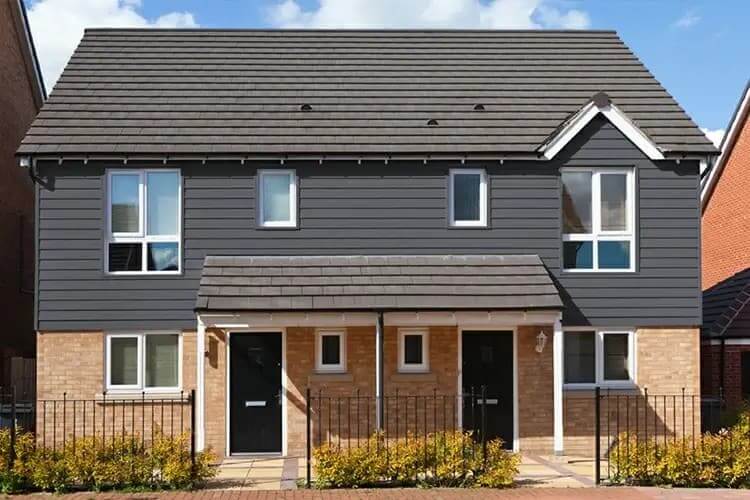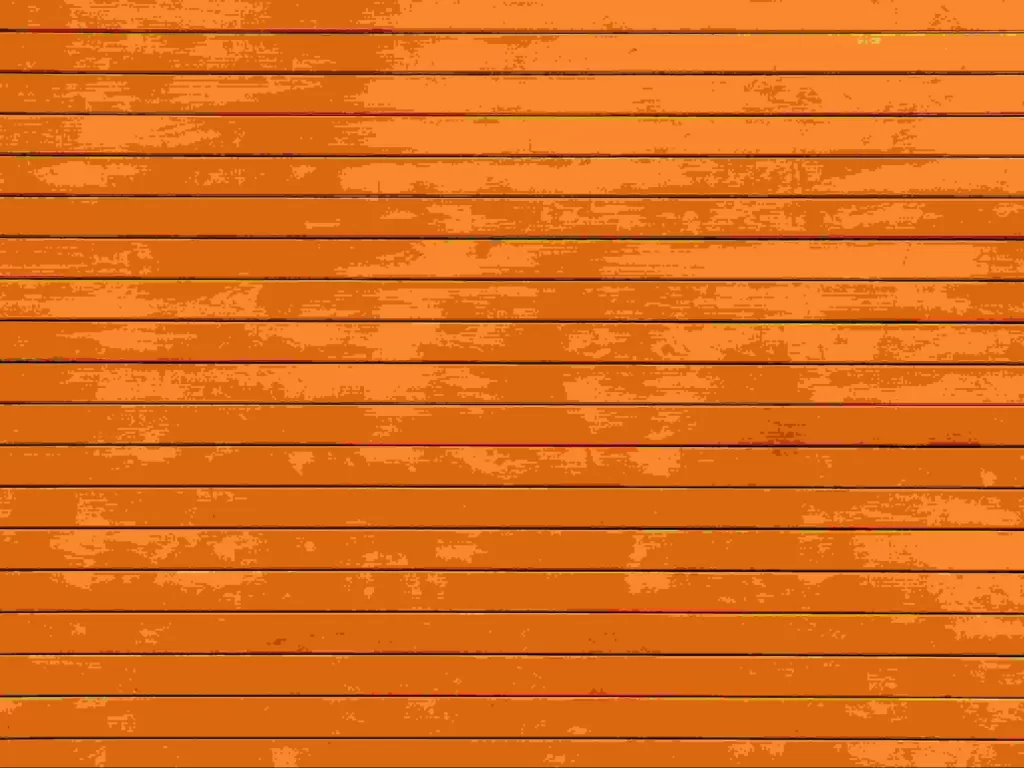Address
304 North Cardinal
St. Dorchester Center, MA 02124
Work Hours
Monday to Friday: 7AM - 7PM
Weekend: 10AM - 5PM
Address
304 North Cardinal
St. Dorchester Center, MA 02124
Work Hours
Monday to Friday: 7AM - 7PM
Weekend: 10AM - 5PM

| Wall Panel Materials Guide: Comparison of 4 Cladding |
Timber Cladding
There is no doubt that wood is easily one of the most popular and versatile building products, and it has been used in clad houses for many years.
However, it requires a relatively high level of maintenance, as it needs to be handled repeatedly to resist some external influences. Even then, you can’t guarantee that your wood cladding won’t rot or mold.
What’s more,The long distance transportation of timber also leads to more carbon emissions.Needless to say that the constant treatment with other resources such as colour or resin also requires a lot of resources that aren’t necessarily eco-friendly.
Lastly, wood just doesn’t last as long as composite cladding can. While composite can stay with you for almost 50 years, you will likely have to replace your wood cladding after about 20 years time.
Therefore, wood is suitable for people with a relatively small budget and low quality requirements for buildings.

Brick Cladding
When it comes to exterior cladding projects, brick and mortar are the most commonly used materials, and you won’t have to look hard to find contractors who are familiar with installing such exterior cladding options. In fact, you can even DIY this option.
Bricks last a lifetime and usually don’t need to be painted, which is a big advantage. But they may not always be as aesthetically pleasing or versatile as composite cladding.
Although brick is often derived from nature, such as clay, this does not necessarily mean that it is environmentally friendly. Making bricks from clay in kilns requires a lot of energy, which ultimately greatly increases the carbon footprint of these materials.And bricks are not as strong as people think, and will be damaged by wind and rain.
In addition, bricks are difficult to recycle
UPVC Cladding
PVC is a versatile exterior cladding because it can be finished like a lot of wood. Similar to composite exterior cladding, it is essentially maintenance-free and occasionally requires cleaning.
Over time, UPVC cladding can experience fading or discoloration due to prolonged exposure to UV radiation. While advancements have been made to improve UV resistance, some level of color change might still occur.
UPVC can expand and contract with temperature changes. In regions with significant temperature fluctuations, this expansion and contraction might lead to warping or gaps between panels, potentially affecting the overall appearance and performance.
Sometimes UPVC recovery is relatively difficult; On top of that, it fades after installation and can also deform if exposed to extreme weather. Therefore, it is not as durable as composite materials.
WPC Cladding
WPC cladding, which stands for Wood Plastic Composite cladding, is a versatile and sustainable building material used for enhancing the exterior aesthetics and durability of structures. It is a type of external covering that offers a combination of natural wood aesthetics and the benefits of modern plastics, making it a popular choice for construction and architectural projects.

Key Features:
Applications:
WPC cladding finds applications in:
WPC cladding is a sustainable and visually appealing external covering for buildings, offering the charm of natural wood along with the benefits of modern plastics. Its combination of durability, aesthetics, and environmental considerations makes it a versatile choice for architects, builders, and homeowners looking for an attractive and eco-friendly cladding solution.
Through the comparison of the above four types of wall panels, it is obvious that WPC wall panels are the best choice. Contact Aludream and we will provide you with the best wholesale price for WPC.



















